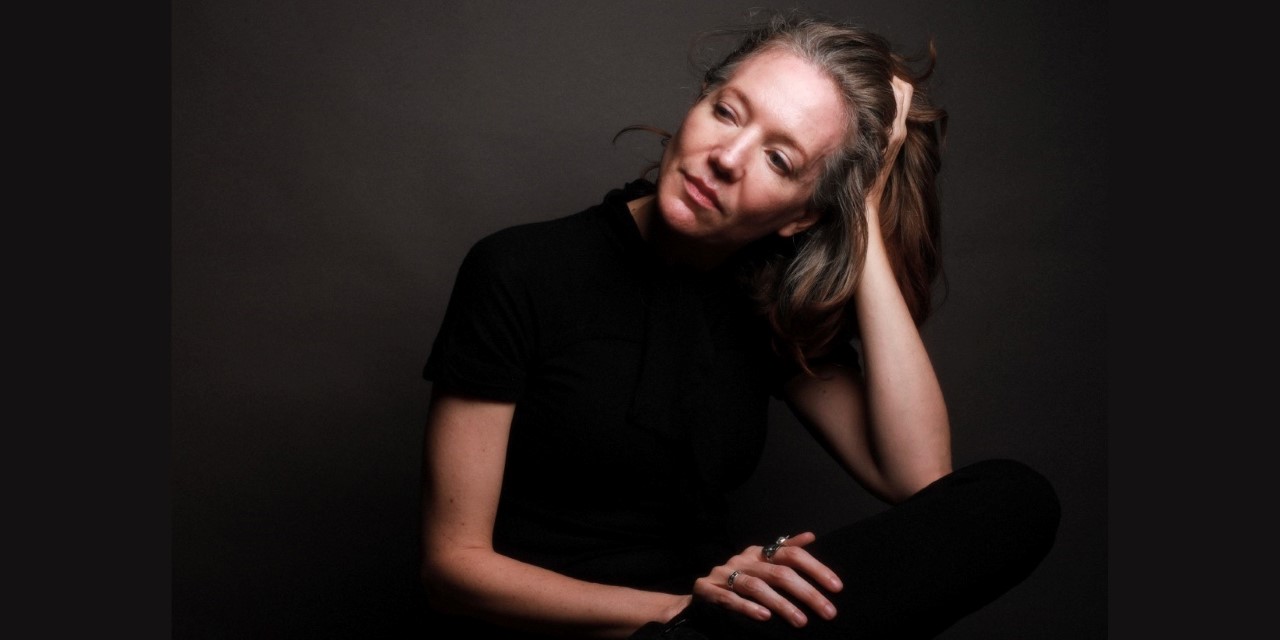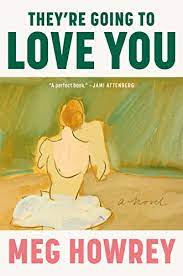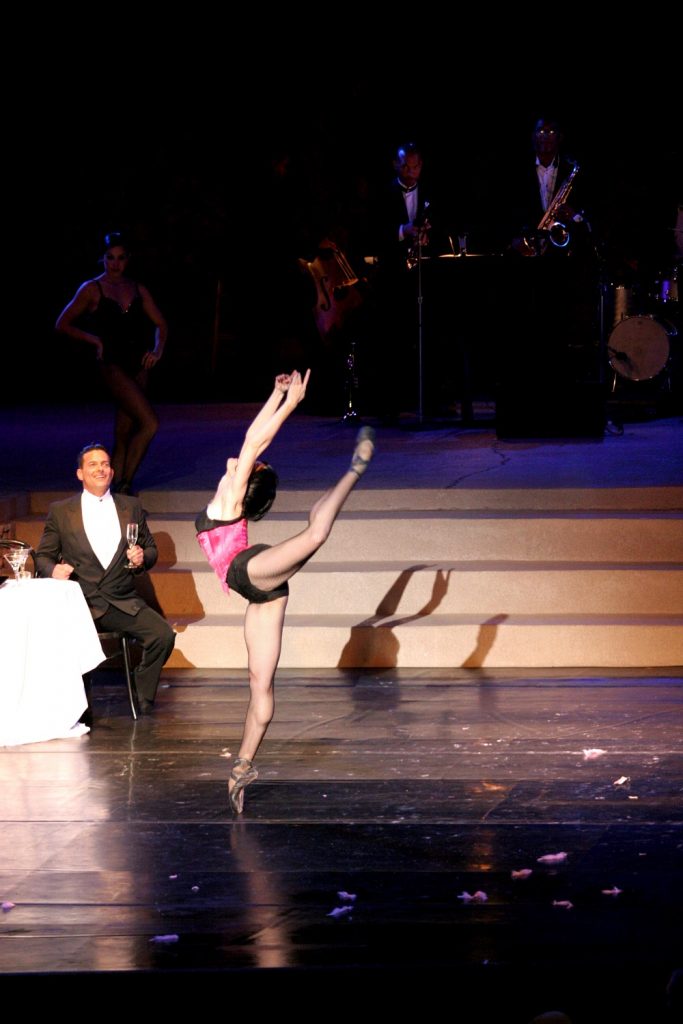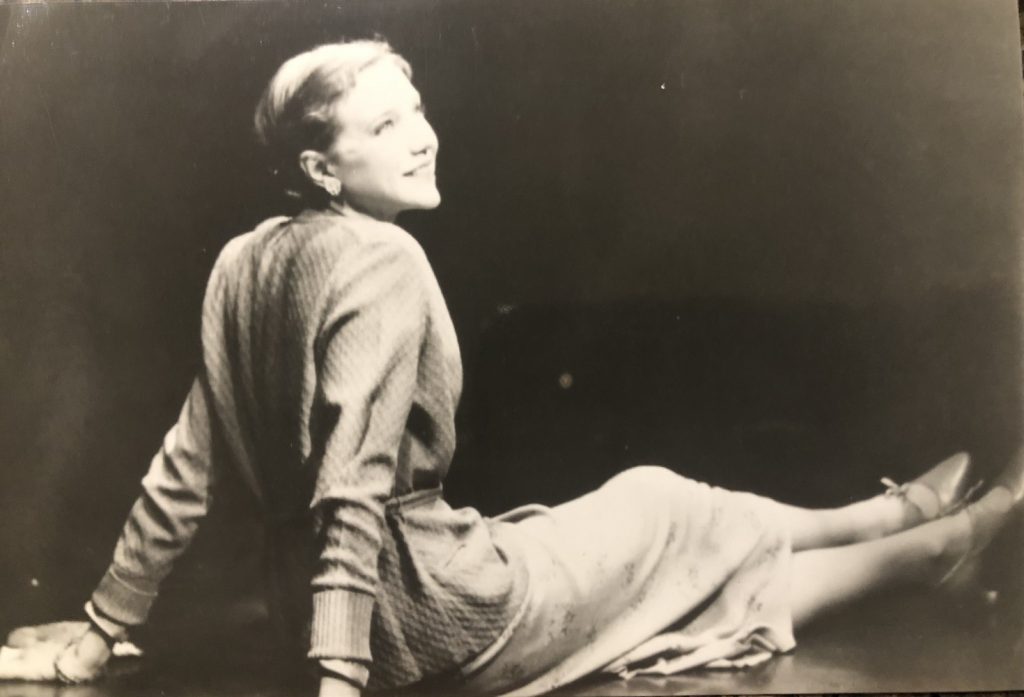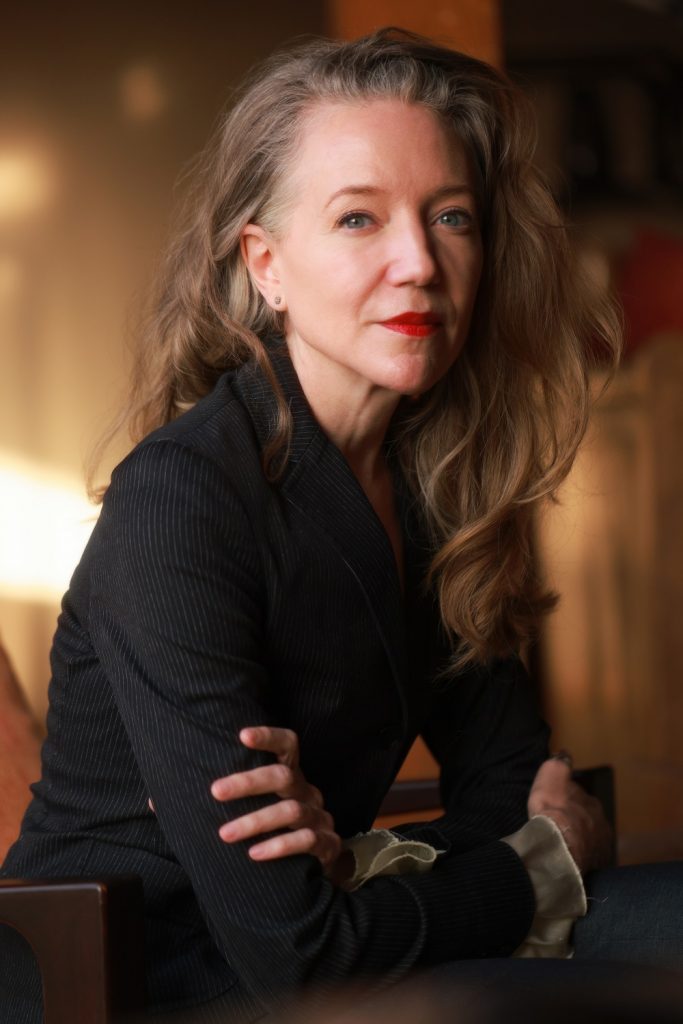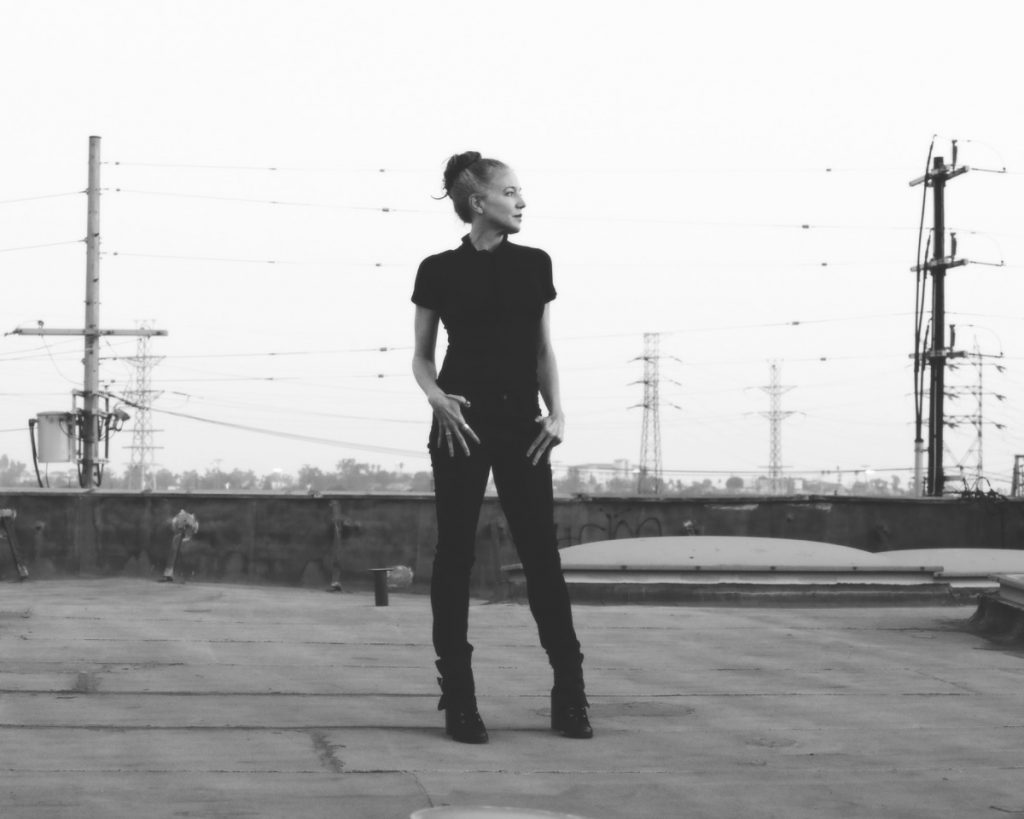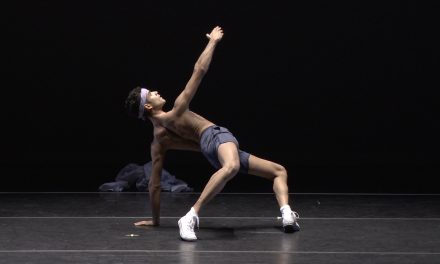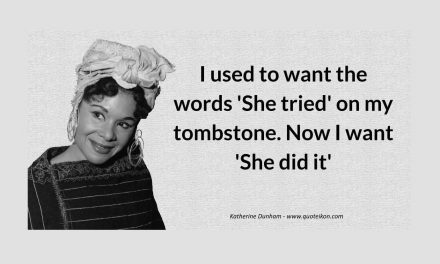Meg Howrey’s They’re Going To Love You has to be one of my all-time favorite dance-infused novels. Rather than cartoon characters based upon outdated stereotypes of the dance world, the protagonist and her extended family feel like real people; the complex, loving, living, and breathing individuals that actually populate the dance world. They seem like my friends and mentors, both inspired and flawed. The truths of their characters make them incredibly compelling, much more so than the broken two-dimensional dolls of cliché driven pieces like Darren Aronofsky’s Black Swan. Paperback versions of the book were released on Sept. 9, 2023, so I thought it a perfect time to connect with Ms. Howrey, who is an absolute delight! We had a lovely conversation focused on shifting identities, writing as a path to forgiveness and understanding, the various mysteries of aging, and the doors that open and close, and then sometimes reopen along the way.
In addition to They’re Going To Love You, Ms. Howrey has published several other novels. The first book she wrote, The Cranes Dance, is also set in the world of ballet but was not the first book she published. That honor goes to Blind Sight, published in 2011. The Cranes Dance was then published in 2012, followed by The Wanderers in 2018. Because of the back and forth between non-dance and dance-based novels, Ms. Howrey kept her identity as a dancer out of most of the marketing and press for her work until the release of They’re Going To Love You. Dance identities are forged quite young and it can be hard to step away from that elite world. It is even harder to step away from being active as a dancer while remaining connected to the people and culture. Educating non-dancers and laypersons about the subtleties of it all can be a full-time job! Navigating this treacherous landscape is where we started our discussion, with the back and forth of identifying as a dancer, as a writer, and coming to terms with being both.
Ms. Howrey trained at the School of American Ballet and the Joffrey, with whom she later toured. She earned much acclaim, including an Ovation award, for her role in the National tour of Susan Stroman’s Contact.
It’s interesting. I think I sort of come in and out of identifying as a dancer. I mean, obviously, as a young person in my twenties, that was all of my identity. Then when I wanted to start writing, I moved from New York to Los Angeles with the idea that in New York, I was sort of a dancer, but if I moved to LA, nobody would know who I was and I could reinvent myself. Though I did dance here a little bit and had some dancer friends here, I started writing books. My whole friend group here knows me as a writer and has never seen me dance.. doesn’t know me as that. I mean, people can kind of tell, right? Once you’re a dancer, people are always Oh, did you do ballet? Right? But I kind of dropped it from my persona. I think I was shy about it. I also wanted a new identity.
Coming back to the dance world for They’re Going To Love You presented an opportunity for Ms. Howrey to actually heal this divide. The trauma of a thwarted ballet career, even a career that is objectively successful, as Ms. Howrey’s was, is often difficult to process and move on from. Trying to parse the differences, especially for non-dancers, can feel complicated.
My publisher really wanted to emphasize my dance background as kind of a selling point. I felt like well, I’m not you know, I was never a star. And you know, people that don’t know ballet, they’re like, Oh, you were a grand ballerina? Like, no, no. (She laughed) I was not a prima ballerina. I worked, you know, I got some jobs. I had a kind of a sticky relationship with it. And then, I moved on.
When I returned, with this book, I realized, why am I making such a fascist fuss about this thing that is deeply a part of who I am. I mean, every part of my body was schooled in [dance]. I kind of had to make sense of my relationship to it. I think it took me into my 40s [to get to a place] where I felt like I could love ballet again.
Ms. Howrey then touched on something truly profound, that many dancers, particularly in the complicated, elite world of ballet, deal with; shame. Shame about being in ballet, shame about past trauma, about the sometimes unrelenting and deeply opaque world of it all.
I think I have a lot of guilt and shame, as most former dancers do about some aspect of their experience because that’s sort of the job. So it took a while. It really wasn’t until writing They’re Going To Love You that I feel I made peace with myself, both as a former dancer and with the art form itself, which I do love and I do have problems with. I think a lot of people do and I love that people are starting to talk more about that. There have been good books written about it and it’s becoming part of the conversation in a way that it never was.
Ms. Howrey’s books don’t shy away from the darker elements of ballet and of dance, but they don’t sensationalize them either. That’s essential to making peace with dance. Our traumas as dancers are deep, intense, and real. They are not empty entertainment for the rest of the world. There is actual pain experienced by real people. What is so beautiful in both of Ms. Howrey’s dance novels is the authenticity of the characters’ experiences. The people are real. The relationships are genuine. The books are deeply dramatic, deeply theatrical, and deeply imaginative. Ms. Howrey creates these worlds without distorting the dancers’ experiences or being exploitative in any way.
There was a sort of charge in my head when I started writing about dance. I mostly hate stuff related to dance. I hate dance novels and dance movies, with the exceptions, you know. Like The Turning Point is forever great and I will always watch The Red Shoes. But it seems to me that people mostly make movies or books not about ballet, but about other movies or books about ballet. So they return, again and again to the same eight things that they think they need to show; You know, your bloody toe, your jealous girl, someone who didn’t get the part, someone who is inappropriately touched by the over-sexualized ballet director. You know, the standard things. Toes do get bloody, girls do get jealous, people do judge each other and the inappropriate sexuality, that all happens. But it was not interesting to me. What is interesting about that world is hard to explain. That was the challenge; How do we find a way in? It is a technical language. It is a world that people mythologize, sexualize, and feminize. So how do we say, This is a job. It’s real, The people in it are not cartoons.
One of the themes that runs through both books, but is especially salient in They’re Going To Love You, is the insatiable need for parental approval. Blind Sight, too, tells the story of complicated family relations. That approval can come from an actual parent or from a mentor and can be tricky to earn. Parents and mentors have their own baggage and blind spots. When our parents are not in our chosen industry, as in Ms. Howrey’s case, the lack of understanding can be interpreted as a lack of approval. When we do follow in our elder’s footsteps, the path to approval can be even rockier, marked with jealousy and other complicated emotions. Ms. Howrey does a masterful job of navigating those nuanced relationships, particularly those of mentors, which leads to another important aspect of the book. Those mentors can disappear; They’re Going To Love You was written during the COVID-19 pandemic, but it hearkens back to the AIDS pandemic, which was such a devastating blow to the dance community in the 1980s and 1990s.
I was thinking a lot about mentors, which is a huge part of the dance world. And I think, also for female dancers, gay male mentors were a huge part of our upbringing. All of us, you know, we all had them. And if you lived through the 1980s, a lot of them died. So I really wanted to kind of look at what it meant in our psyches, as young women coming of age. And for me, it was a way of looking back to the things that I had experienced. You know, I was young, when AIDS was happening, certainly at the beginning part of it, and I didn’t understand the trauma that was happening around me.
Bringing ballet back into her life was healing. She finds she is still interested and inspired by the dance world; not by the stars but by the woman that you might find lurking in the back of a rehearsal photo, another working dancer or invisible corps de ballet member, the “person who worked for Balanchine then moved to the suburbs and became a physical therapist.” What motivates and drives that artist?
So that’s kind of my love letter to that, to them in a way. To the dancers of the world, the choreographers and the artists that are, you know, taking a gig to make the rent or pay the mortgage, or stay afloat or get health insurance. And then they have that really cool job that they love that pays nothing. They have the feeling sometimes that they should quit, but then they step into the studio and start falling in love with it all over again.
While writing and publicizing They Are Going To Love You found Ms. Howrey re-invested in her dancer identity (do watch her unboxing videos on Instagram, you will have instant feet envy!). Moving forward may or may not involve dance. Ms. Howrey is currently working on two books, neither of which has a single pointe shoe in the mix!
I’m writing two books right now. I’ve never written two at the same time, I had two ideas and I couldn’t decide which one I wanted to do more. So now I’m just doing them both and seeing which one wins. One is historical, (more historical than the 80s) a kind of weird mystery noir in a California setting.
And the other one, I think because as I started to go through menopause or perimenopause, and I was looking around going, Wait, what the f***? How come nobody explained this to me?
Where is this in art? I mean, in any kind of conversation would be nice, you know, to have been warned. But I was feeling like wait, this massive thing that happens to slightly more than half the planet that are human. Where is it in art?
I thought I wanted to write about women’s bodies and a novel that’s super embodied. I think They’re Going To Love You is a very embodied book. I want to keep going in that vein as a writer to see how physical I can make a book. So the other one has a lot to do with female bodies.
There may also be another dance story. She is slightly obsessed with Tamara Geva, so another story could be waiting in the wings.
She might go in the 1939 novel, actually. So I’m not saying I’ll never write [another dance book]. I don’t think I’ll ever set a book in the dance world, but I’m not finished with dancers entirely.
Ms. Howrey’s work is available wherever books are sold.
To learn more about Meg Howrey and her writing, please visit her website.
Written by Nancy Dobbs Owen for LA Dance Chronicle.
Featured image: Meg Howrey, author – Photo by David Zaugh.

